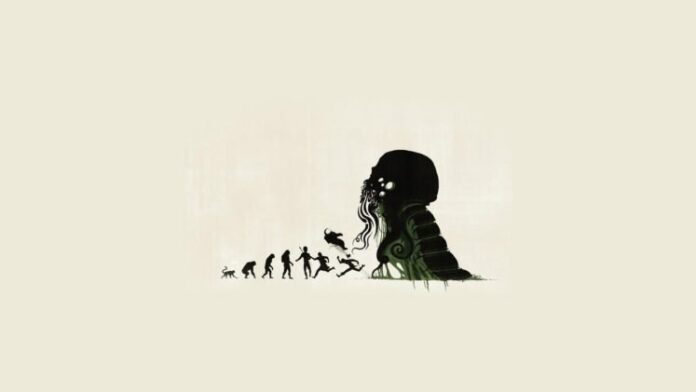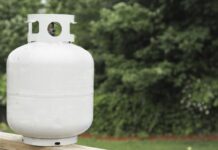Wallpapers are interior decoration materials available in different colours and patterns. Traditionally wallpapers were plain papers sold in rolls along with wallpaper paste. Consumers had to draw or paint on the wallpaper and paste it on the wall. The drawing or painting would contain a repeating pattern of an identical motif.
Today with many printing techniques, wallpapers have seen an enormous difference. With consumer ease kept as a central focus, self adhesive wallpaper was developed, and it has become a trend. There are many wallpapers like paper, non-woven, prepasted, vinyl, etc.
Paper wallpaper
It is also sometimes referred to as paper murals, poster paper or wallpaper. Paper wallpapers are printed wallpaper sheets typically used on walls, ceilings, and other flat surfaces since the early 1990s. Paper wallpapers are made from paper and are commonly used in offices, schools, training centres, and other buildings. It could also be used to decorate furniture, such as the headboard or footboard of a bed.
Non-woven wallpaper
Non-woven wallpaper is a wallpaper made with natural fibres, vinyl, or paper woven in a specific way. The weave is somewhat random, so the fibres are often twisted. It resembles a woven fabric in that it has a weave, but it is not “as strong” as a fabric. However, it is durable, light, breathable, and flexible. There are non-woven wallpapers made of natural fibres, making them 100% natural. Comparatively, non-woven wallpaper is more durable than paper-backed wallpaper.
Vinyl wallpaper
Vinyl wallpaper, also known as wall covering or wallpaper, is used to cover a wall or ceiling. Vinyl wallpaper comes in a variety of thicknesses and textures. Vinyl wall coverings can also create murals and as decorative wallpaper. Today, vinyl wallpaper is made of vinyl or a vinyl-like material, which can be applied to any flat surface and is usually used to cover walls, ceilings, and other interior walls. There are three types of vinyl wall coverings: solid vinyl, vinyl-coated, and fabric-backed vinyl wall covering.
Prepasted wallpaper
Prepasted Wallpapers are more like self-adhesive wallcoverings. However, self-adhesives stay one step further as they are ready to stick. Prepasted wallpapers also have glue, but water should be added to make them active. One can dip the back of the into water or spray water on the backside of the wallpaper. They are available as non-woven, vinyl-coated or solid vinyl.
Self-adhesive wallpaper
It is also called peel and sticks wallpaper. It became very famous as it is easy to apply and remove without damaging the walls. Thus, you can use the wallpaper to decorate and redecorate your home countless times by peeling off its back. It is available in numerous designs and prints with multiple colours and shades.
These can also be used in any environment as they are water-proof. Some other benefits of the peel and stick wallpapers are that they are solid and durable, can be customised, and protect the wall from scratches.
It has straightforward steps to apply. You will have to clean the walls and leave them to dry out completely. Second comes the measurements. Measure the wallpaper and the wall, and mark measurements. Peel and stick the wallpaper in a straight line. For a seamless finish, look for the patterns and repeat.
One should also work around windows and doors. If you find any air bubbles, take a safety pin, poke in the middle of the air bubble, and press it down to release the air.
The favoured product is the self adhesive wallpapers because it is easy to install – saves time, and can be peeled off without damaging the walls- thus saving money. While other wallpapers need an advanced level of expertise, self-adhesives can be used. So choose from the countless designs and patterns to decorate your place beautifully.










